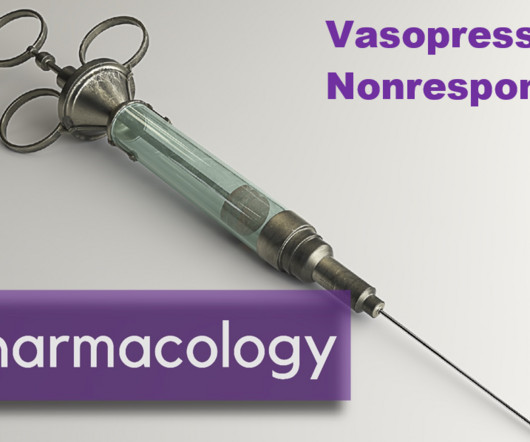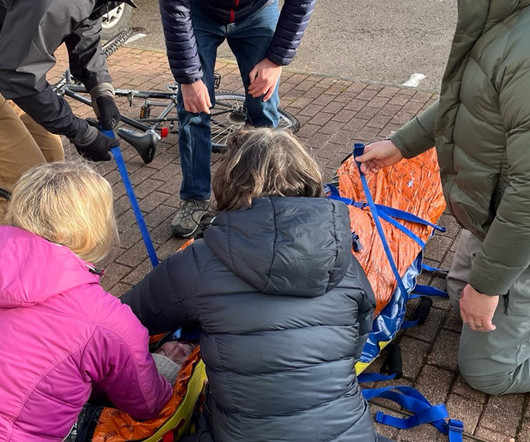SGEM #425: Are You Ready for This? Pediatric Readiness of Emergency Departments
The Skeptics' Guide to EM
JANUARY 6, 2024
National Assessment of Pediatric Readiness of US Emergency Departments during the Covid-19 Pandemic. July 2023 Date: Dec 11, 2023 Guest Skeptic: Dr. Rachel Hatcliffe is a pediatric emergency medicine attending at Children’s National Hospital in Washington, DC. Are general emergency departments ready to care for children?






















Let's personalize your content